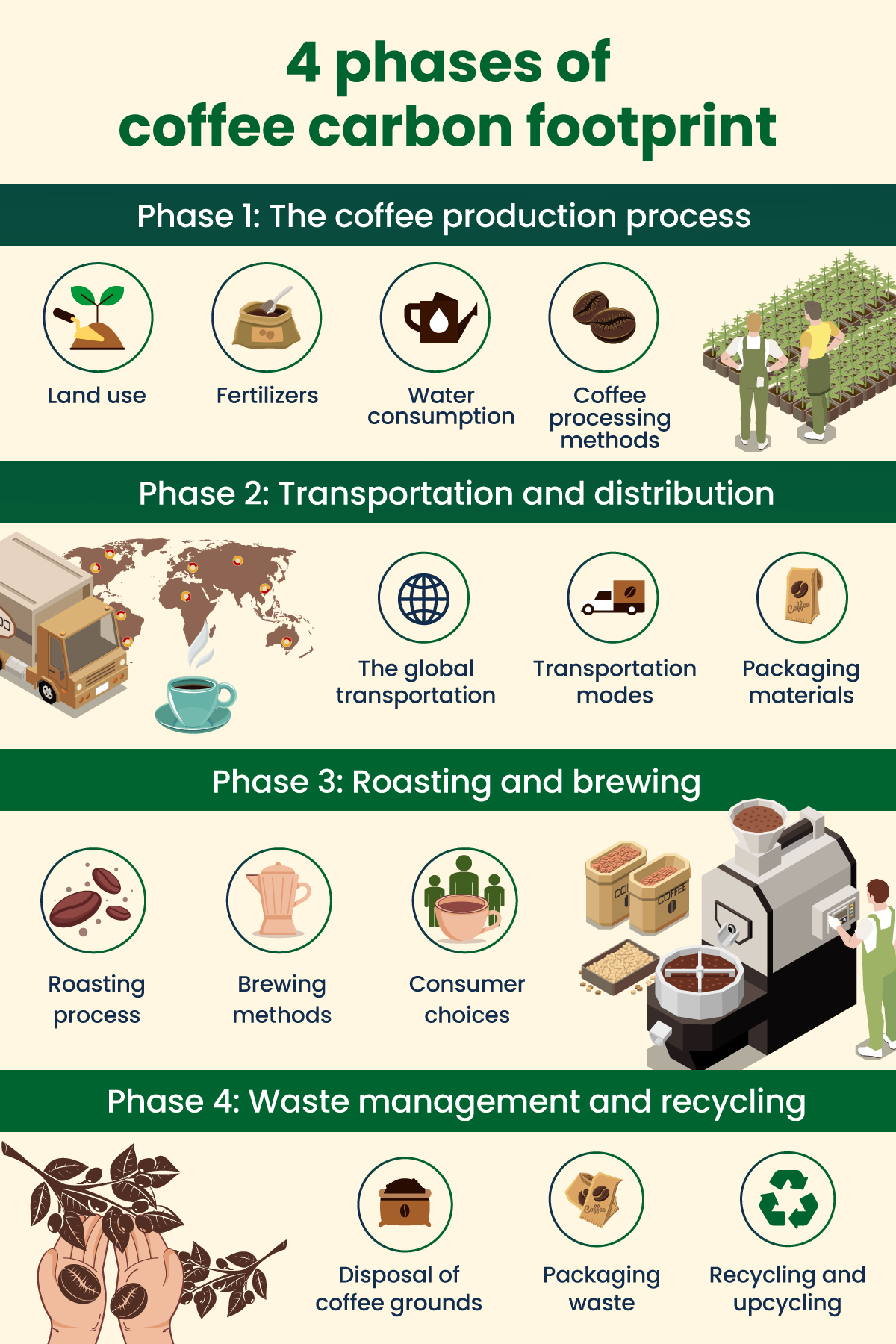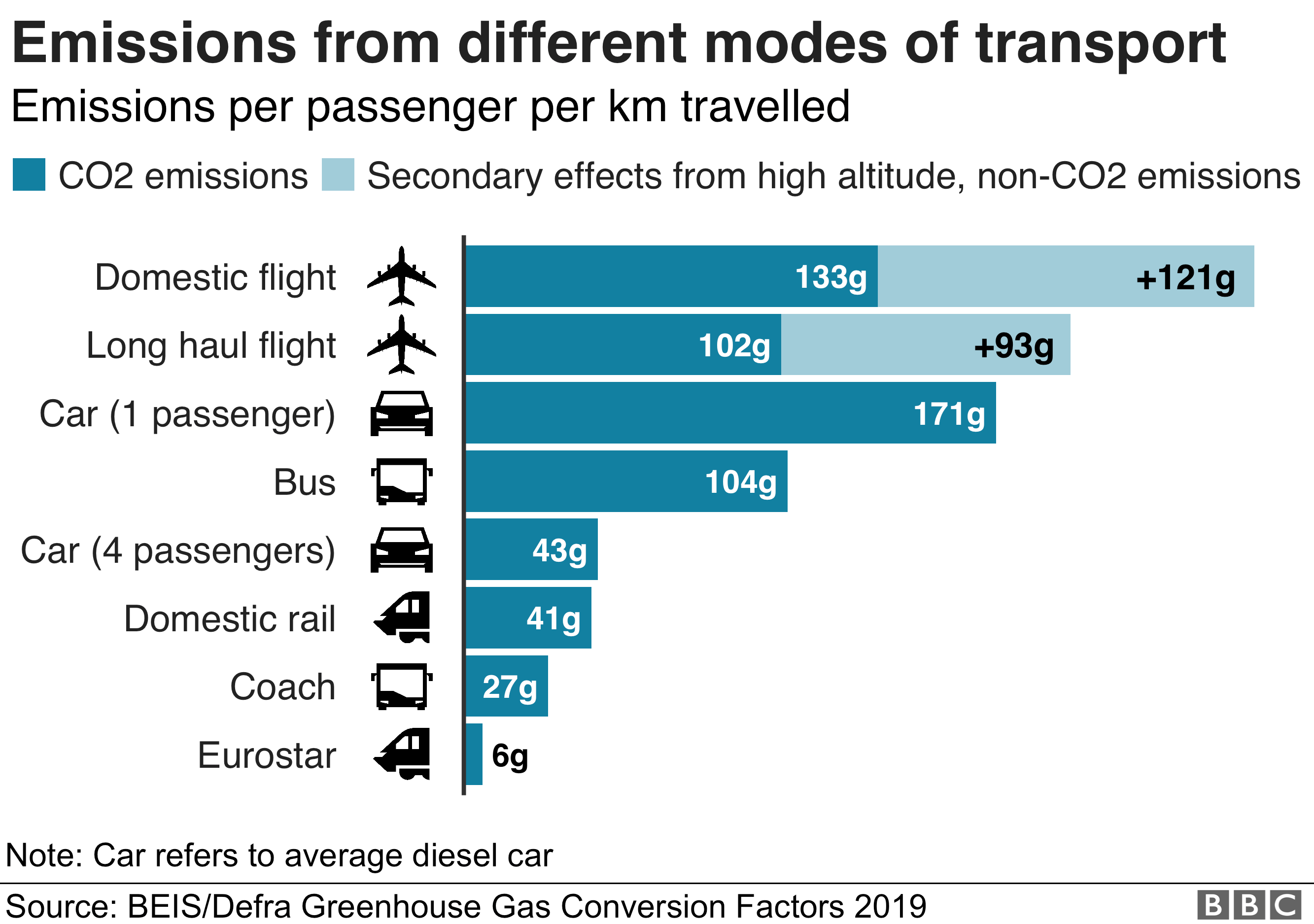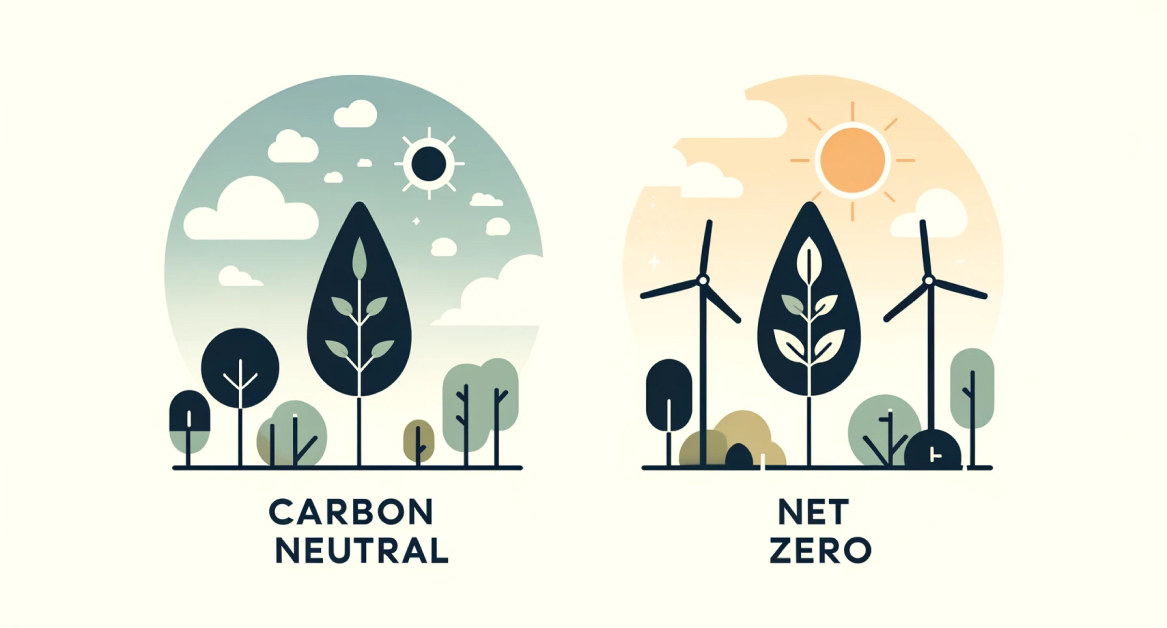The environmental impact of coffee, a global staple, is profound yet often overlooked. Each step of the coffee supply chain significantly contributes to its carbon footprint. This article explains how coffee is grown and made, showing how each step adds to its carbon footprint.
For coffee businesses, this can also mean staying compliant with a body of law like the EUDR for coffee. Everyone can make a difference in the coffee supply chain and reduce its carbon footprint. This can be done by understanding the various factors that play a role in the process. These factors include farming, transportation, roasting, and waste management.
Let’s dive in!

Phase 1: The coffee production process
The first step in making coffee is growing the beans. This process impacts the amount of carbon released into the environment by the final product.
Land use and its environmental impact
The selection of land for coffee cultivation is pivotal. Traditional practices often involve clearing forests, leading to deforestation, a significant source of carbon dioxide emissions. This not only releases carbon stored in trees but also disrupts local ecosystems and biodiversity.
Sustainable coffee farming like regenerative agriculture, therefore, focuses on preserving natural habitats, enhancing soil health, and improving carbon sequestration, which is vital for reducing the carbon footprint via carbon insetting.
✨ Free template: Coffee: Your Regenerative Agriculture Checklist
The role of fertilizers in greenhouse gas emissions
Using synthetic fertilizers for coffee plants is a major contributor to greenhouse gas emissions. These fertilizers release nitrous oxide, a potent greenhouse gas, into the atmosphere. The shift towards organic fertilizers and composting can help mitigate these emissions, benefiting the environment.
Water consumption in coffee farming
Water management is another crucial aspect of coffee cultivation. Inefficient water use, particularly in water-scarce regions, can exacerbate environmental stress and increase the energy required for irrigation. Implementing sustainable practices such as rainwater harvesting and drip irrigation can significantly reduce coffee farming’s water footprint.
Coffee processing methods and their environmental impact
Post-harvest, green coffee beans are processed either through wet or dry methods. Wet processing uses a lot of water to remove pulp, which can cause water pollution and require more energy for treatment.
Conversely, dry processing is more energy-efficient but climate-dependent. Reducing water and energy usage is important for minimizing environmental impact during processing.
Towards a sustainable coffee farming future
Implementing sustainable practices in coffee cultivation is crucial for reducing its carbon footprint. Techniques like shade-growing, intercropping, and organic farming not only benefit the environment but also improve coffee quality. Transitioning to sustainable practices in coffee farming is a step towards a more responsible coffee industry, reducing the environmental impact and benefiting both the farmers and consumers.
Phase 2: Transportation and distribution
Once the coffee beans are processed, they are transported and distributed, significantly increasing their carbon footprint.
The global journey of coffee beans
Transportation is an inevitable and significant part of the coffee supply chain. Coffee is mostly shipped from tropical regions to consumers worldwide. The majority of this transportation occurs via sea freight, which, despite being more carbon-efficient than air freight, still contributes notably to greenhouse gas emissions. The distance traveled and the mode of transportation directly impact the carbon dioxide levels emitted during this phase.
Impact of transportation modes
Different modes of transportation have varying environmental footprints. Sea freight, while relatively efficient, still contributes to emissions, especially considering the vast distances covered. Air freight, used for faster delivery, has a much higher carbon footprint due to the intense fuel usage. Trucks and trains used for land transportation can contribute to carbon emissions, especially if they are not fuel efficient.

Source: BBC
Packaging materials and their carbon footprint
Another critical aspect of this phase is coffee packaging. Packaging materials like coffee pods (plastic, paper, or biodegradable) greatly affect the environment when used for products.
Eco-friendly packaging options can significantly reduce the carbon footprint, whereas non-recyclable materials can increase it. The end-of-life of packaging materials, including recycling and disposal, further influences the overall carbon impact.
Efficient logistics and carbon footprint reduction
Efficient logistics and supply chain management can significantly reduce the carbon footprint of coffee transportation and distribution. Optimizing routes, using fuel-efficient vehicles, and consolidating shipments can minimize the emissions associated with this phase. Additionally, sourcing coffee from closer regions or investing in local coffee production can significantly reduce the travel distance, thereby lowering the associated carbon emissions.
Through conscious efforts in transportation and distribution, such as choosing efficient modes of transport and sustainable packaging, coffee’s carbon footprint can be substantially reduced.
Phase 3: Roasting and brewing
The roasting and brewing of coffee represent critical stages in its lifecycle, each contributing significantly to the final cup’s overall carbon footprint.
Roasting process and energy consumption
Coffee roasting is an energy-intensive process that greatly contributes to its carbon footprint. The roasting stage involves heating coffee beans to high temperatures, which is typically done using natural gas or electricity. The type of roasting equipment, the source of energy, and the efficiency of the roasting process all play crucial roles in determining the environmental impact. Roasters that utilize renewable energy sources or more efficient roasting techniques can significantly reduce emissions.
Brewing methods and their environmental impact
Once roasted, the brewing process also has implications for the coffee’s carbon footprint. Different brewing methods consume varying amounts of energy. Espresso machines require a significant amount of electricity to brew coffee. In comparison, French press and drip coffee makers use less energy because they only need to heat water.
The way we heat water for brewing can impact the environment. This depends on whether the energy comes from renewable sources or fossil fuels such as natural gas. Additionally, the water used and the efficiency of the coffee machine affect the environment. This includes energy-saving modes.
Consumer choices and impact on carbon footprint
The choices consumers make in brewing coffee at home or the practices of coffee shops can have a considerable impact on the overall carbon footprint. Using energy-efficient coffee machines, opting for brewing methods that require less energy, and being mindful of water usage are ways to reduce the carbon footprint. Additionally, consumers can calculate their carbon footprint using tools like a footprint calculator to understand and mitigate their personal impact.
Additionally, you can choose to purchase coffee products that have regenerative certifications printed on the packaging, which signifies that the products are natural-friendly.
Phase 4: Waste management and recycling
The final phase in coffee’s lifecycle, waste management and recycling, is crucial in determining its overall carbon footprint. This stage deals with disposing and treating coffee grounds and packaging materials.
Disposal of coffee grounds
After brewing, coffee grounds often end up as waste. However, they hold significant potential for reducing the carbon footprint if managed properly. Coffee grounds are rich in nitrogen, making them excellent for composting. Composting coffee grounds returns nutrients to the soil and reduces methane emissions from landfills. Additionally, innovative uses of coffee grounds, such as in biofuels or skincare products, are emerging, further reducing the environmental impact.
Packaging waste and its environmental impact
The packaging of coffee, ranging from retail packaging to single-use cups, contributes to its carbon footprint. The environmental impact of packaging depends on the materials used and their end-of-life treatment. Non-recyclable, single-use plastics significantly increase the carbon footprint. Conversely, biodegradable or recyclable materials can lessen the environmental impact. Encouraging the use of reusable cups and eco-friendly packaging options is vital in reducing waste.
Recycling and upcycling opportunities
Recycling and upcycling present significant opportunities to reduce the carbon footprint of coffee. This includes not only coffee grounds but also packaging materials. Implementing effective recycling programs for coffee packaging, promoting the use of recyclable materials, and encouraging consumers to recycle can significantly mitigate the environmental impact.
Consumer responsibility and corporate sustainability
Both consumers and companies play a role in this phase. Consumers can contribute by responsibly disposing of coffee grounds and packaging, choosing products with sustainable packaging, and participating in recycling programs. On the other hand, companies can adopt sustainable packaging practices, provide clear labeling for recycling, and support initiatives for coffee waste management.
Changes for a greener coffee supply chain 🌱
The coffee supply chain is complex, with each phase contributing to its overall environmental impact. As we’ve explored, from cultivation and processing to transportation, roasting, and waste management, every stage of coffee production plays a part in its carbon footprint. The coffee companies, therefore, hold a significant responsibility to drive their coffee supply chain toward carbon neutrality.
At RegenX, we contribute to the cause of nature by supporting sustainable coffee farming practices in Vietnam and providing eco-agriculture financing for farmers.



